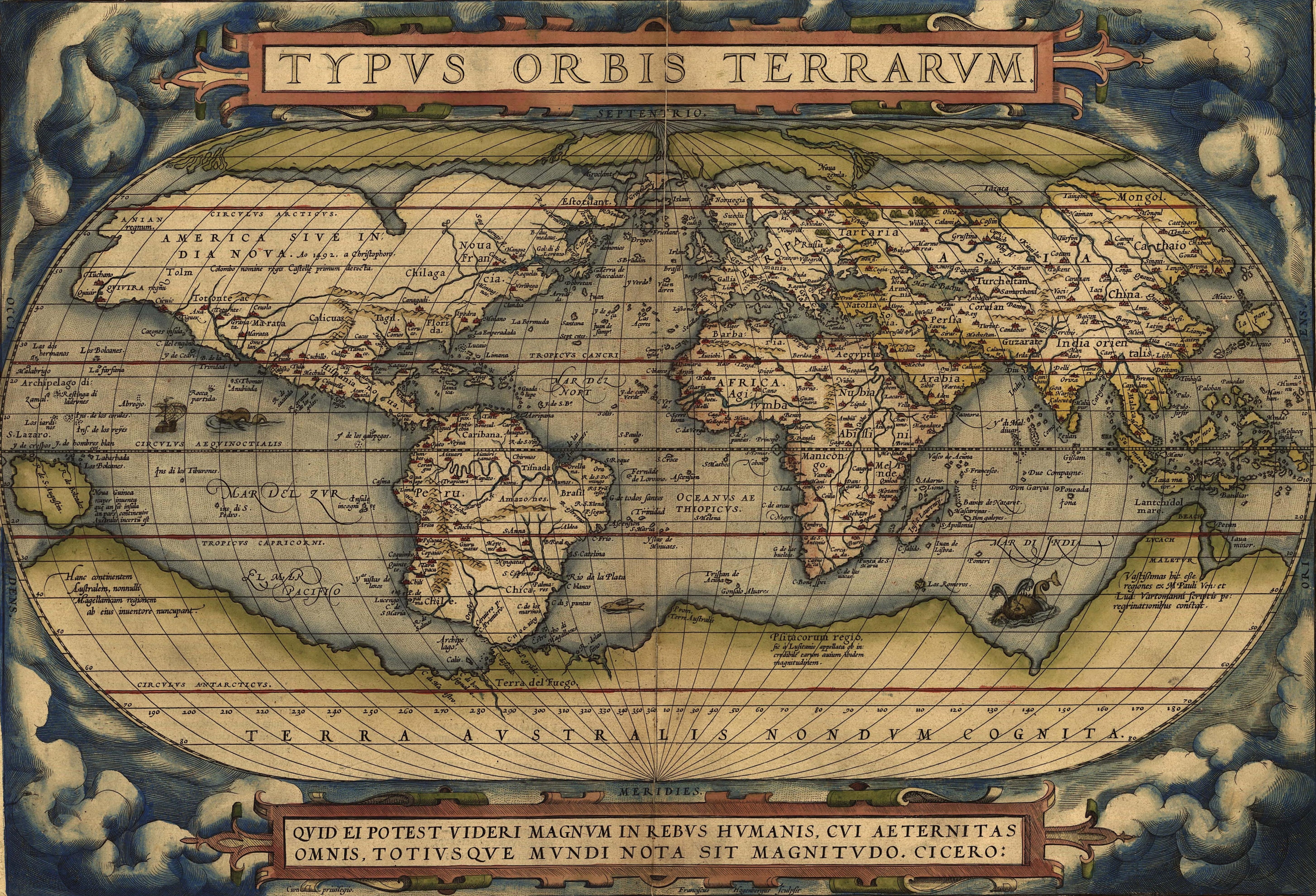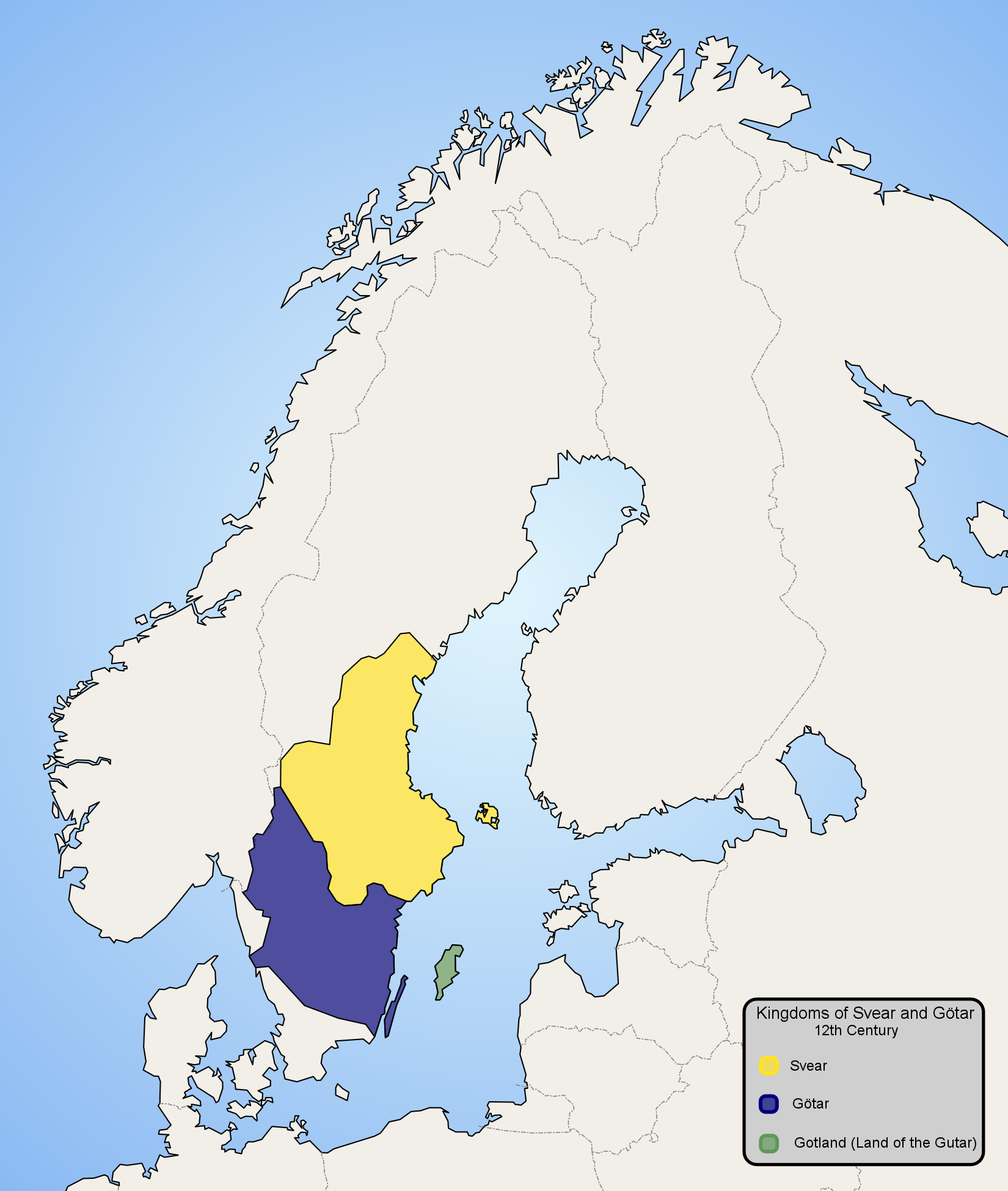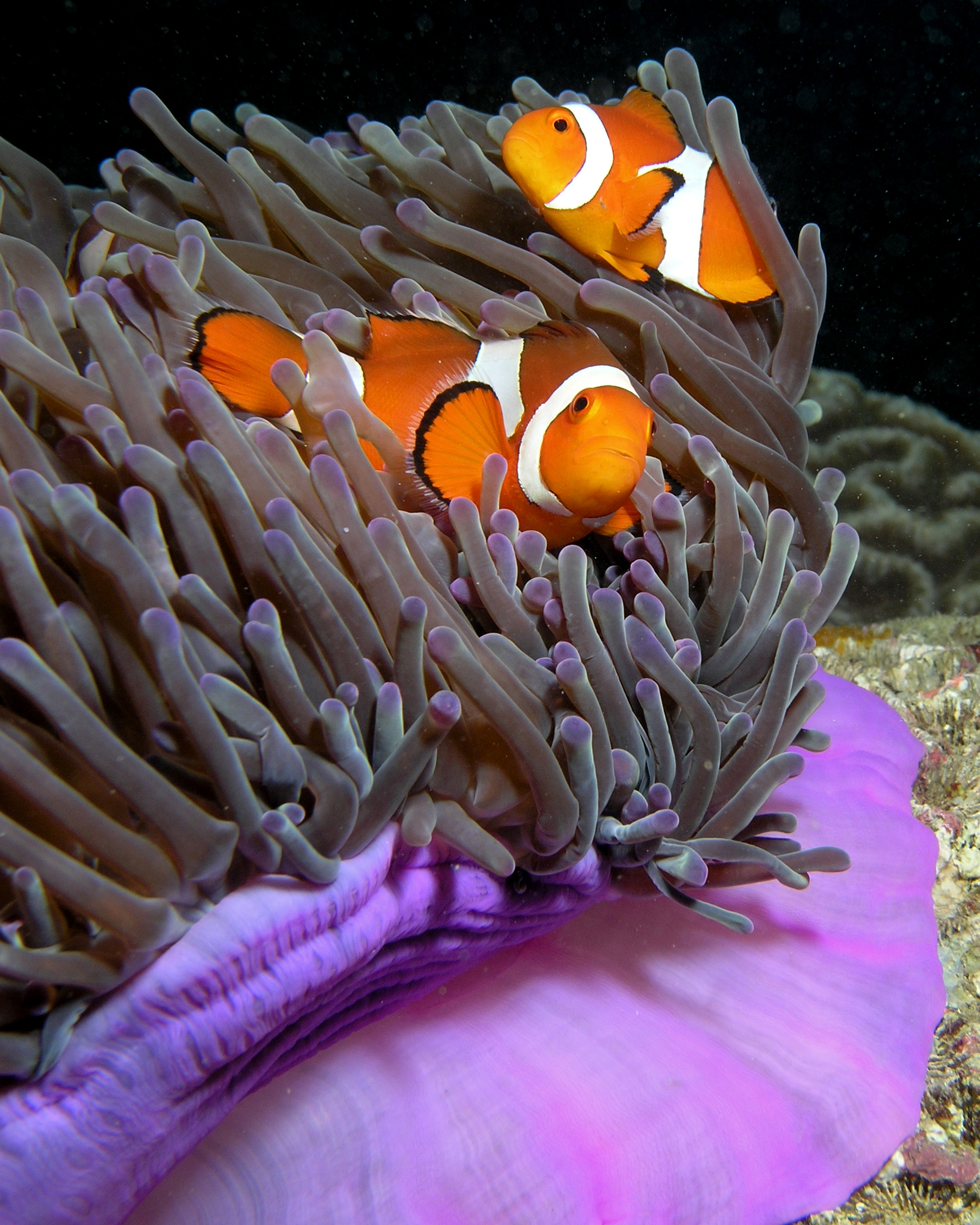|
Surge Wrasse
The surge wrasse (''Thalassoma purpureum''), also known as the green-blocked wrasse, purple wrasse or red and green wrasse, is a species of wrasse native to the southeast Atlantic Ocean through the Indian and Pacific Oceans, where it inhabits reefs and rocky coastlines in areas of heavy wave action at depths from the surface to . This species is of minor importance to local commercial fisheries, is popular as a game fish, and can be found in the aquarium trade. Description The surge wrasse has 8 spines and 12-14 soft rays in its dorsal fin while the anal fin has 3 spines and 10-12 soft rays. It can grow to in total length and in weight. It has a rather deep, laterally compressed body and a pair of caniniform teeth in the front of its bottom jaw. This is a colourful species of wrasse in which the females are greenish with their snout marked with a dark red V. The males are greenish-blue in colour with two bright reddish stripes along their flanks and they have a large head ... [...More Info...] [...Related Items...] OR: [Wikipedia] [Google] [Baidu] |
Peter Forsskål
Peter Forsskål, sometimes spelled Pehr Forsskål, Peter Forskaol, Petrus Forskål or Pehr Forsskåhl (11 January 1732 – 11 July 1763) was a Swedish-speaking Finnish explorer, orientalist, naturalist, and an apostle of Carl Linnaeus. Early life Forsskål was born in Helsinki, now in Finland but then a part of Sweden, where his father, Finnish priest , was serving as a Lutheran clergyman, but the family migrated to Sweden in 1741 when the father was appointed to the parish of Tegelsmora in Uppland and the archdiocese of Uppsala. As was common at the time, he enrolled at Uppsala University at a young age in 1742, but returned home for some time and, after studies on his own, rematriculated in Uppsala in 1751, where he completed a theological degree the same year. Linnaeus's disciple In Uppsala Forsskål was one of the students of Linnaeus, but apparently also studied with the orientalist Carl Aurivillius, whose contacts with the Göttingen orientalist Johann David Michae ... [...More Info...] [...Related Items...] OR: [Wikipedia] [Google] [Baidu] |
Kermadec Islands
The Kermadec Islands ( mi, Rangitāhua) are a subtropical island arc in the South Pacific Ocean northeast of New Zealand's North Island, and a similar distance southwest of Tonga. The islands are part of New Zealand. They are in total area and uninhabited, except for the permanently manned Raoul Island Station, the northernmost outpost of New Zealand. The islands are listed with the New Zealand outlying islands. The islands are an immediate part of New Zealand, but not part of any region or district, but instead an ''Area Outside Territorial Authority''. Toponymy The islands were named after the Breton captain Jean-Michel Huon de Kermadec, who visited the islands as part of the d'Entrecasteaux expedition in the 1790s. The topographic particle "Kermadec" is of Breton origin and is a lieu-dit in Pencran in Finistère where '' ker'' means village, residence and madec a proper name derived from '' mad'' (which means 'good') with the suffix '' -ec'', used to form a ... [...More Info...] [...Related Items...] OR: [Wikipedia] [Google] [Baidu] |
Type Locality (biology)
In biology, a type is a particular specimen (or in some cases a group of specimens) of an organism to which the scientific name of that organism is formally attached. In other words, a type is an example that serves to anchor or centralizes the defining features of that particular taxon. In older usage (pre-1900 in botany), a type was a taxon rather than a specimen. A taxon is a scientifically named grouping of organisms with other like organisms, a set that includes some organisms and excludes others, based on a detailed published description (for example a species description) and on the provision of type material, which is usually available to scientists for examination in a major museum research collection, or similar institution. Type specimen According to a precise set of rules laid down in the International Code of Zoological Nomenclature (ICZN) and the International Code of Nomenclature for algae, fungi, and plants (ICN), the scientific name of every taxon is almos ... [...More Info...] [...Related Items...] OR: [Wikipedia] [Google] [Baidu] |
Oriental Studies
Oriental studies is the academic field that studies Near Eastern and Far Eastern societies and cultures, languages, peoples, history and archaeology. In recent years, the subject has often been turned into the newer terms of Middle Eastern studies and Asian studies. Traditional Oriental studies in Europe is today generally focused on the discipline of Islamic studies, and the study of China, especially traditional China, is often called Sinology. The study of East Asia in general, especially in the United States, is often called East Asian studies. The European study of the region formerly known as "the Orient" had primarily religious origins, which have remained an important motivation until recent times. That is partly since the Abrahamic religions in Europe (Christianity, Judaism, and Islam) originated in the Middle East and because of the rise of Islam in the 7th century. Consequently, there was much interest in the origin of those faiths and of Western culture in ge ... [...More Info...] [...Related Items...] OR: [Wikipedia] [Google] [Baidu] |
Explorer
Exploration refers to the historical practice of discovering remote lands. It is studied by geographers and historians. Two major eras of exploration occurred in human history: one of convergence, and one of divergence. The first, covering most of ''Homo sapiens'' history, saw humans moving out of Africa, settling in new lands, and developing distinct cultures in relative isolation. Early explorers settled in Europe and Asia; 14,000 years ago, some crossed the Ice Age land bridge from Siberia to Alaska, and moved southbound to settle in the Americas. For the most part, these cultures were ignorant of each other's existence. The second period of exploration, occurring over the last 10,000 years, saw increased cross-cultural exchange through trade and exploration, and marked a new era of cultural intermingling, and more recently, convergence. Early writings about exploration date back to the 4th millennium B.C. in ancient Egypt. One of the earliest and most impactful thinkers of ... [...More Info...] [...Related Items...] OR: [Wikipedia] [Google] [Baidu] |
Swedish People
Swedes ( sv, svenskar) are a North Germanic peoples, North Germanic ethnic group native to the Nordic region, primarily their nation state of Sweden, who share a common ancestry, culture, history and language. They mostly inhabit Sweden and the other Nordic countries, Swedish-speaking population of Finland, in particular Finland where they are an officially recognized minority, with a substantial Swedish diaspora, diaspora in other countries, Swedish Americans, especially the United States. Etymology The English term "Swede" has been attested in English since the late 16th century and is of Middle Dutch or Middle Low German origin. In Swedish language, Swedish, the term is ''svensk'', which is from the name of ''svear'' (or Swedes), the people who inhabited Svealand in eastern central Sweden, and were listed as ''Suiones'' in Tacitus' history ''Germania (book), Germania'' from the first century AD. The term is believed to have been derived from the Proto-Indo-European language ... [...More Info...] [...Related Items...] OR: [Wikipedia] [Google] [Baidu] |
Species Description
A species description is a formal description of a newly discovered species, usually in the form of a scientific paper. Its purpose is to give a clear description of a new species of organism and explain how it differs from species that have been described previously or are related. In order for species to be validly described, they need to follow guidelines established over time. Zoological naming requires adherence to the ICZN code, plants, the ICN, viruses ICTV, and so on. The species description often contains photographs or other illustrations of type material along with a note on where they are deposited. The publication in which the species is described gives the new species a formal scientific name. Some 1.9 million species have been identified and described, out of some 8.7 million that may actually exist. Millions more have become extinct throughout the existence of life on Earth. Naming process A name of a new species becomes valid (available in zo ... [...More Info...] [...Related Items...] OR: [Wikipedia] [Google] [Baidu] |
Protogynous Hermaphrodite
Sequential hermaphroditism (called dichogamy in botany) is a type of hermaphroditism that occurs in many fish, gastropods, and plants. Sequential hermaphroditism occurs when the individual changes its sex at some point in its life. In particular, a sequential hermaphrodite produces eggs (female gametes) and sperm (male gametes) at different stages in life. Species that can undergo these changes from one sex to another do so as a normal event within their reproductive cycle that is usually cued by either social structure or the achievement of a certain age or size. In animals, the different types of change are male to female (protandry or protandrous hermaphroditism), female to male (protogyny or protogynous hermaphroditism), bidirectional (serial or bidirectional hermaphroditism). Both protogynous and protandrous hermaphroditism allow the organism to switch between functional male and functional female. Bidirectional hermaphrodites have the capacity for sex change in either direc ... [...More Info...] [...Related Items...] OR: [Wikipedia] [Google] [Baidu] |
Polychaete
Polychaeta () is a paraphyletic class of generally marine annelid worms, commonly called bristle worms or polychaetes (). Each body segment has a pair of fleshy protrusions called parapodia that bear many bristles, called chaetae, which are made of chitin. More than 10,000 species are described in this class. Common representatives include the lugworm (''Arenicola marina'') and the sandworm or clam worm ''Alitta''. Polychaetes as a class are robust and widespread, with species that live in the coldest ocean temperatures of the abyssal plain, to forms which tolerate the extremely high temperatures near hydrothermal vents. Polychaetes occur throughout the Earth's oceans at all depths, from forms that live as plankton near the surface, to a 2- to 3-cm specimen (still unclassified) observed by the robot ocean probe ''Nereus'' at the bottom of the Challenger Deep, the deepest known spot in the Earth's oceans. Only 168 species (less than 2% of all polychaetes) are known from ... [...More Info...] [...Related Items...] OR: [Wikipedia] [Google] [Baidu] |
Mollusc
Mollusca is the second-largest phylum of invertebrate animals after the Arthropoda, the members of which are known as molluscs or mollusks (). Around 85,000 extant species of molluscs are recognized. The number of fossil species is estimated between 60,000 and 100,000 additional species. The proportion of undescribed species is very high. Many taxa remain poorly studied. Molluscs are the largest marine phylum, comprising about 23% of all the named marine organisms. Numerous molluscs also live in freshwater and terrestrial habitats. They are highly diverse, not just in size and anatomical structure, but also in behaviour and habitat. The phylum is typically divided into 7 or 8 taxonomic classes, of which two are entirely extinct. Cephalopod molluscs, such as squid, cuttlefish, and octopuses, are among the most neurologically advanced of all invertebrates—and either the giant squid or the colossal squid is the largest known invertebrate species. The ... [...More Info...] [...Related Items...] OR: [Wikipedia] [Google] [Baidu] |
Brittlestar
Brittlestar is the stage name of Stewart Reynolds, a Stratford, Ontario based comedian, writer, communications consultant, and online television show host. His campaign for KFC Canada was the world's most watched branded video on Facebook in the summer of 2017. Family life Reynolds was born to Scottish parents and is based in Stratford, Ontario. Career As a comedian, Reynolds brands himself as "the internet’s favourite dad. Recurring themes in his work are parodies of Canadian politicians, 1980s nostalgia, and support for public health messages about the COVID-19 pandemic. He uses his influence to support charitable causes including the ''Christmas Wish Tree'' program and Women’s Crisis Services of Waterloo Region The Regional Municipality of Waterloo (Waterloo Region or Region of Waterloo) is a metropolitan area of Southern Ontario, Canada. It contains the cities of Cambridge, Kitchener and Waterloo (KWC or Tri-Cities), and the townships of North Dumfri .... Rey ... [...More Info...] [...Related Items...] OR: [Wikipedia] [Google] [Baidu] |
.jpg)




